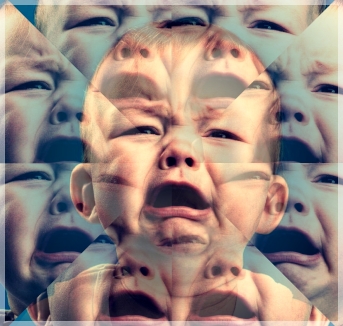 Illustration of Ibn al-’Arabi | Image source: www.en.qantara.de/
Illustration of Ibn al-’Arabi | Image source: www.en.qantara.de/
“He who knows himself knows his Lord;
… indeed, He is his very identity and reality.“
— Shaykh Ibn al-’Arabi
Reading time: 25-30 mins
The Qur’an
Orthodox Islam has a bad rap these days, and not without good reason. However, just as Christianity has wisdom and truth underneath all the centuries of re-writes and distortions, so too the Qur’an which buried the strains of Islamic mysticism infusing its origins before corruption set in. The Sufi tradtion and the Islamic mysticism it stands for, is very different to the Islamism and Jihadism of the kind we have witnessed in the modern age. Here too, the importance of discernment is clear.
Like the Bible that constantly warns of temptations and lies that could “deceive the very elect” the Qur’an is equally explicit in its warnings regarding dark forces of the demonic or Jinn overseen by the Shaytān or “Whisperer,” both of whom seek to imperial travellers on the “straight path” with “insinuating thoughts” or waswasa. The strengthening of spiritual perception is necessary in order to discern the true from the false and shun the crooked path. Indeed, we have seen that intelligence, as much as faith, is crucial to viewing the unseen and the signs of higher states of consciousness which might lead us to embody the presence of a Universal Intelligence or God/Allah. As the Hermetic maxim reminds us – “as above, so below”. And like the Bible, one has to sift for the gold in the Qur’an in order to see the reflected light.
Dr. Kabir Helminski‘s translations from his 2005 book The Book of Revelations: A Sourcebook of Themes from the Holy Qur’an provide an excellent summary of the qualities needed to begin seeing the unseen and its relationship to self-development and spiritual practice. The teachings encourage us to reflect and perceive the conscious creative power that flows through Nature and the universe. By paying attention to: “…the change of the winds, and the clouds that run their appointed courses between sky and earth: these are messages indeed for people who use their intelligence.” [1]
So, rather than having our head in the clouds and seeking signs and portents of a superstitious nature, we are learning to observe life’s hidden symbols and patterns of meaning. We may then learn to recognise the patterns of creative and entropic influences which can be understood as extrapolations of truth as it applies in Nature and man. Regarding these “signs” embedded in converging and radiating “arrows of time,” we have the following injunction to remain aware that intelligent design is at work, not only in the evolution of organic life but from the influence of other dimensions of existence that interpenetrate our own. We only have to take note of this design in order to see how carefully the Earth and cosmos is a school for learning:











